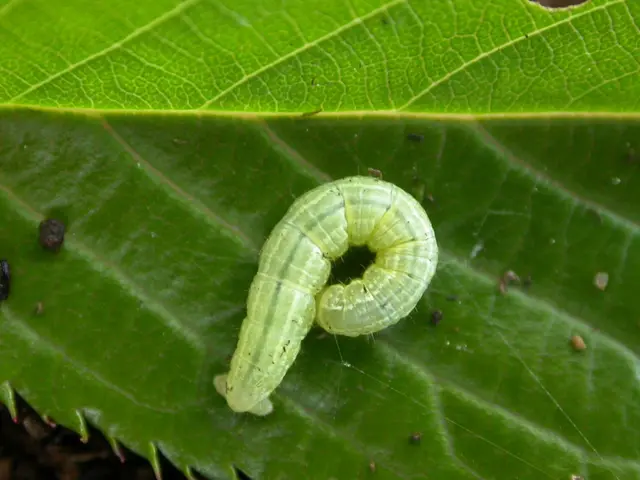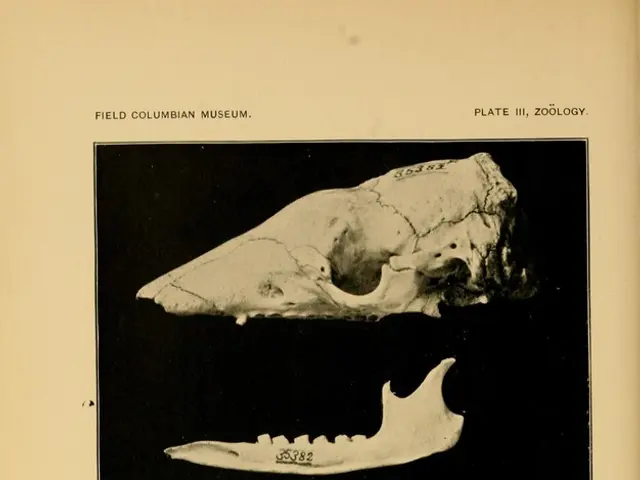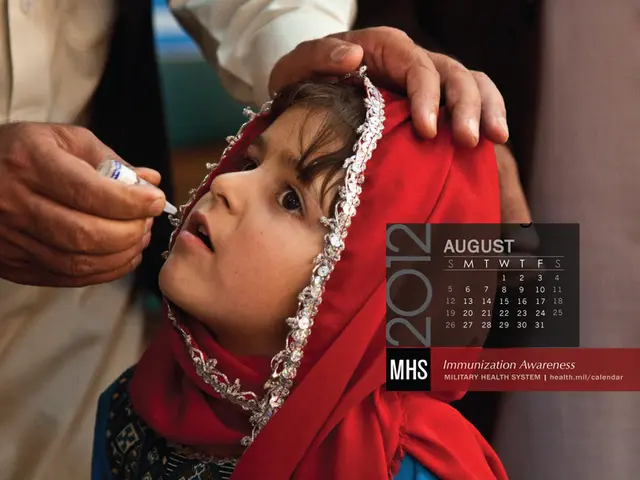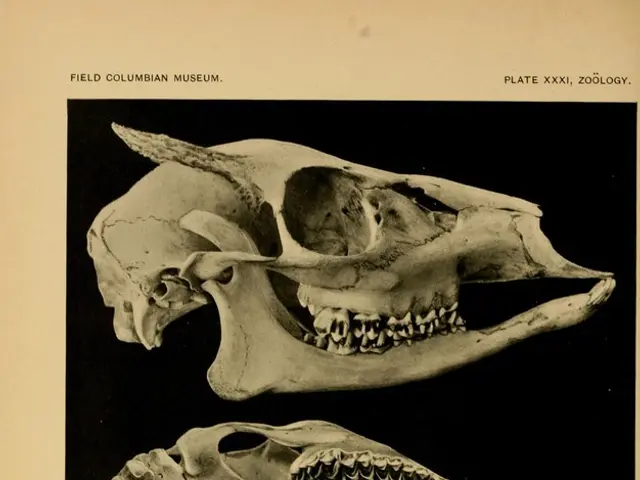Distinguishing Age Spots from Skin Cancer: Identifying the Variations
Hey there! Let's dive into the not-so-sunny side of skin care, shall we? Here's the skinny on age spots, skin cancer, and actinic keratosis, often mistakable for one another.
First off, age spots, also known as liver spots or solar lentigines, are nothing to worry about. They appear as flat and smooth patches on the skin, usually yellow, brown, or gray, with clear borders. Typically, you'll find these innocuous spots on parts of the body exposed to the sun, such as the face, hands, or arms.
On the flip side, skin cancer is a serious concern. It manifests as irregular dark spots or lesions that may change over time. Some symptoms to keep an eye out for include asymmetry, irregular borders, changes in color or size, itching, or bleeding. Skin cancer can appear multicolored, with shades of brown, black, red, purple, white, or blue[4][5].
Actinic keratosis, or AK, is a precancerous growth that can mimic age spots. Typically pink, red, or brown, AK appears as rough, scaly, or crusty patches or bumps, often small in size and slightly raised[5][3].
When it comes to diagnosis, age spots are usually identified through a visual examination by a dermatologist. Skin cancer requires more in-depth evaluation, with a biopsy and histopathological examination confirming the diagnosis[4][5]. AK is usually diagnosed based on appearance and texture, with a biopsy recommended if there's concern for progression to cancer[2][3].
Treatment options vary by condition. Age spots require no medical treatment unless for cosmetic reasons. Options include topical bleaching creams, laser therapy, chemical peels, or cryotherapy[1]. Skin cancer treatment depends on the type and stage of cancer, with options ranging from surgical removal, radiation therapy, and immunotherapy[4][5]. Actinic keratosis is treated to prevent progression to skin cancer, with options including freezing with liquid nitrogen (cryotherapy), topical creams, photodynamic therapy, or laser treatment[5][3].
In summary, age spots are no cause for concern, and actinic keratosis should be addressed to prevent the development of skin cancer. Keep an eye on any changes in your skin, and don't hesitate to consult a dermatologist if you notice any new or concerning symptoms. And remember, while we can't avoid all sun exposure, taking protective measures can help reduce your risk of skin cancer[6].
Table of Key Differences
| Condition | Appearance/Texture | Symptoms | Diagnosis | Treatment Options ||-------------------|------------------------------|-------------------------|----------------------------|---------------------------------------|| Age Spots | Flat, smooth, uniform | Non-painful, not itchy | Visual exam, biopsy | Cosmetics, lasers, cryotherapy || Skin Cancer | Irregular, multicolored | Asymmetry, change, itch | Biopsy, histology | Surgery, radiation, topical, immunotherapy|| Actinic Keratosis | Rough, scaly, crusty | Rough to touch | Clinical exam, biopsy | Cryotherapy, creams, photodynamic, lasers|
- Otherskin cancer, melanoma, and actinic keratosis are medical-conditions that share some similarities yet differ significantly in their appearance and symptoms.
- Age spots, while resembling other skin-conditions, are generally flat, smooth, and uniform. They can be found on seniors with clear borders and usually appear on parts of the body exposed to the sun.
- Oncology specialists, especially dermatologists, are equipped to diagnose these skin-conditions. Age spots are identified through a visual examination, while skin cancer requires a biopsy and histopathological examination for confirmation.
- Health-and-wellness advice encourages seniors to be vigilant about changes in their skin. Unusual symptoms such as irregular dark spots, asymmetry, change in color or size, itching, or bleeding might indicate skin cancer.
- Skin-care practices that include skin-care products and sun protection are crucial for reducing the risk of skin cancer. Treatment options for skin cancer depend on the type and stage of cancer, while actinic keratosis is treated to prevent progression to skin cancer.








